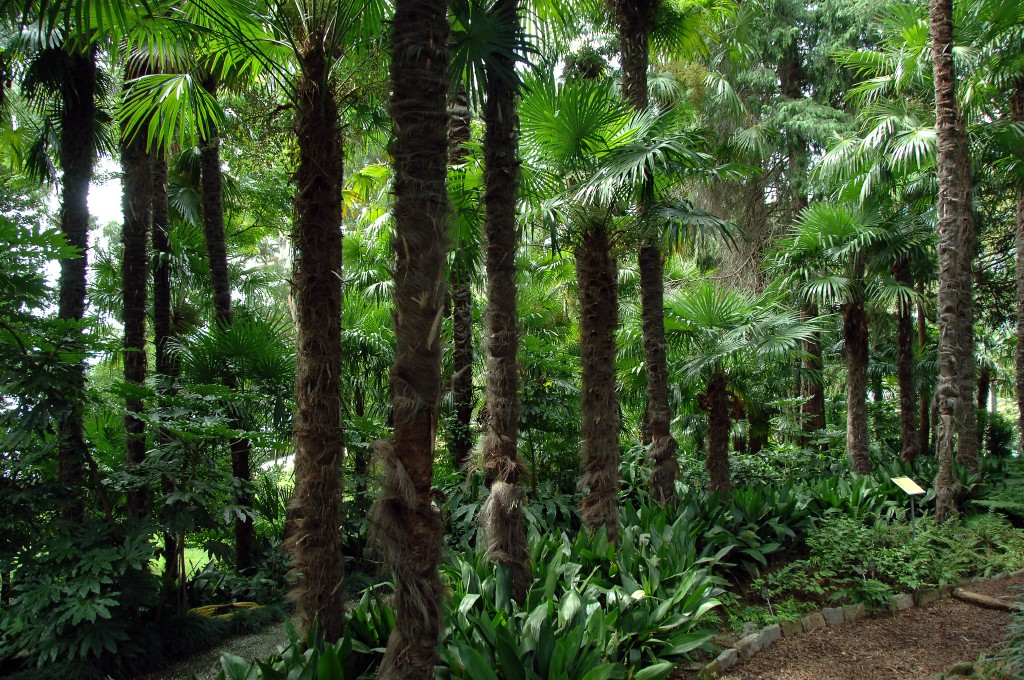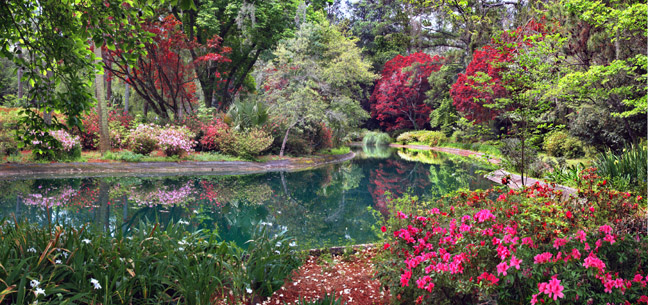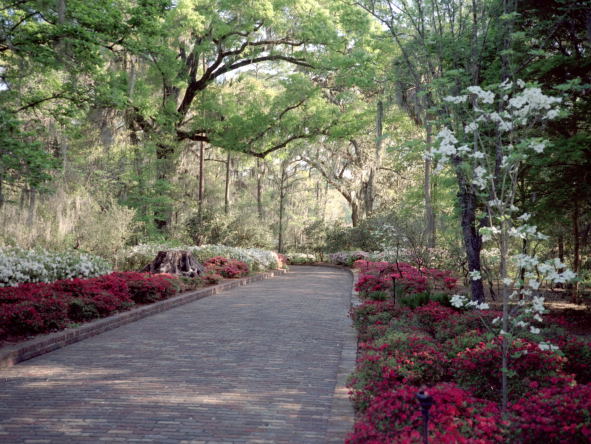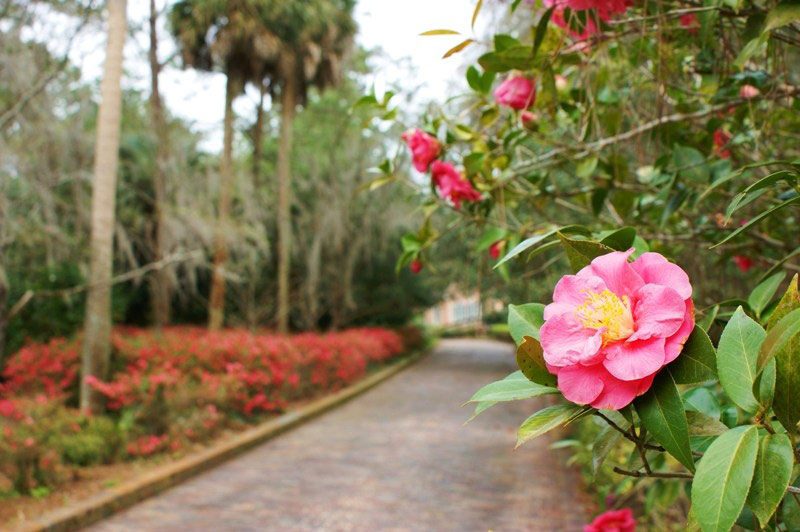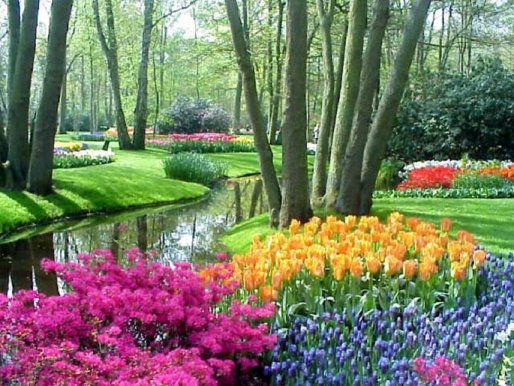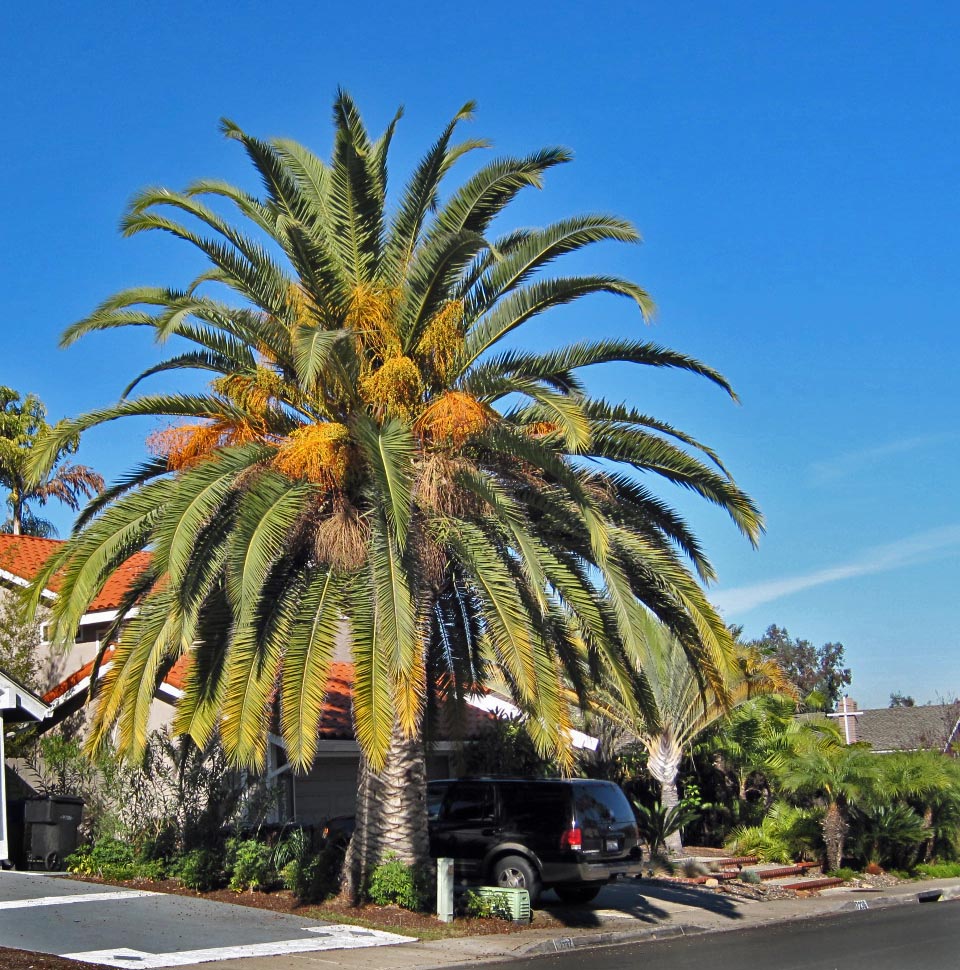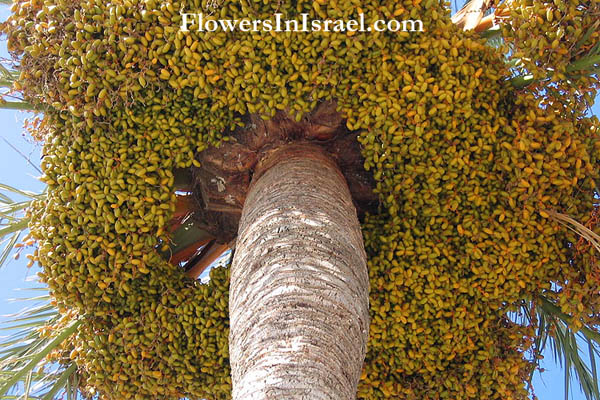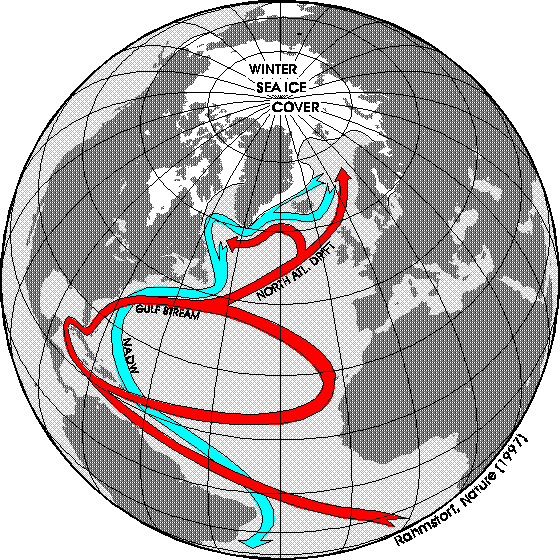My wife and I went to Vancouver, B.C. about 7 years ago. They are about the same latitude as New York I think, maybe a bit more North. Anyway, we were very surprised to see three varieties of palms (Pindo Plams, and Windmill Palms, and King Sagos) planted OUTDOORS around the perimeter of a large public park that is on the water. We freaked out. The winters there are very cold, but I guess by the sea the salt in the water/air keeps these anomolous palms from ever freezing and perishing. It's truly cool to see them that far North.
The climate differs tremendously according to sea currents. It explains why the west coasts of the continents experience milder winter than the east ones. Of course, things are reverted in the southern hemisphere.
It's not only a question of latitude.
So according to the USDA Hardiness zone, Vancouver is located in zone
8b, juste like Atlanta or Tallahassee on the east coast.
You can check it more carefully on this map if you like:
USNA - USDA Plant Hardiness Zone Map: South-East US
Of course, in Vancouver summers will be wetter and less hot, so the total amount of heat received during a year is very different, even if extremely cold temperatures are very rare. Nevertheless, you can grow very interesting plants in Vancouver and Seattle, tree-ferns and eucalyptus for instance.
In Europe, we have this wonderful thing called the
Gulf Stream. It means our shores are heated by the same waters that ran through Cuba and the Caraibes, and the result is spectacular.
For instance, you have areas as high as Norway that are almost frost free!
In the Faroe Islands (barely 250 miles south of the Arctic Circle, same latitude as Greenland and the northern part of Alaska), the mean temperature of January is +4°C, and snow is limited to less than 3 days/year. So once again, according to the USDA system, these blessed Islands are located almost in zone 9.
Of course, there is a counterpart... During the summer in the Faroe Islands, the mean temperature won't go further than 11°C. You could say these islands experience more or less the same kind of climate during the entire year (Rain, rain, rain and rain).
So while it's not impossible to grow tropical plants outdoors there, it's not that easy either. Nonetheless, you have palm trees there, I've seen it.
Of course, with such an extreme and monotonous climate, your choice of species is very limited. And the classic choice is the
Trachycarpus fortunei (Chinese fan-tree), the same you see in that Swiss arboretum. This specie can withstand frosts like -15°C, if it grows in a very wet and mild climate during summer. Actually, if you have a mean summer temperature higher than 25°C, this specific kind of palm tree won't grow well, or even die.
As a consequence, you can find Trachycarpus occuring in Norway, Scotland, Ireland, and even Germany and Denmark.
In Paris (same latitude as Newfoundland), we can cultivate approximately 25 different species of palm trees (Trachycarpus, Sabal, Butia, Jubaea... etc...), and some of them are used as common ornamental trees in the streets. Of course, they aren't as large or as showy than those you would find in Rome or in LA, but nonetheless, it's possible.
As a matter of fact, the most cold-hardy palm tree is American. It is called
Rhapidophyllum hystrix (the porcupine fan-palm: beware its needles!), and it can occur in the wild as high as Washington DC (East coast). Nonetheless, it is very rare, and is considered to be a very endangered specie.
It can survive in northern areas, but then it won't bloom at all. Anyway, I have seen some Rhapidophyllum grown in the Yale University campus (Connecticut), without any frost protection.
The fruits are malodorous and even considered to be toxic for most mammals, with some exceptions (black bears for instance).


